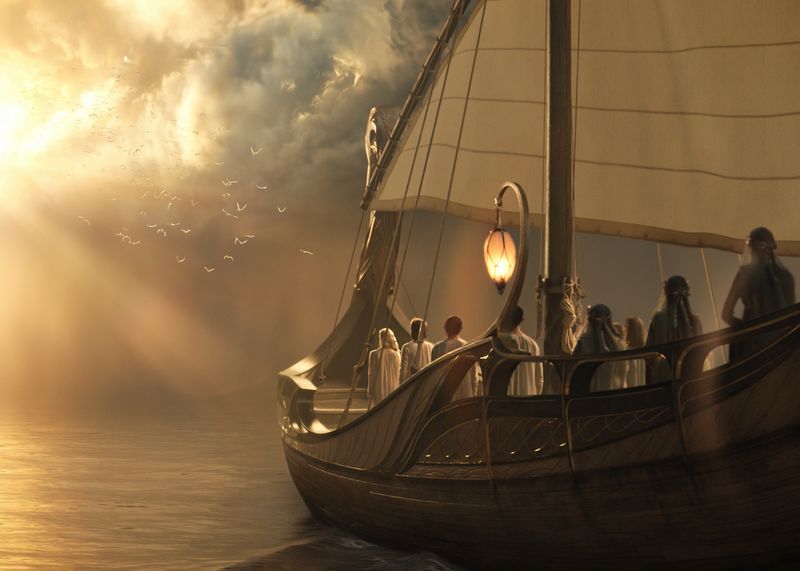
The Rings of Power is here. A $1 billion Tolkien fanfic that may determine the direction of the streaming wars. It’s the most expensive TV series ever, but is it any good?
To cut to the chase: Yes! But…
Way back in 2017, when Amazon signed the deal to adapt the appendices of The Lord of the Rings, no one could have foreseen all the twists and turns of the streaming wars. Back then, it was an investment in the kind of blockbuster, world building storytelling that HBO was dominating with Game of Thrones.
Audiences seemed thirsty for tales of folks running around with swords fighting dragons, so signing on for the greatest, most influential saga of them all seemed like a bold move for the deep pocketed Amazon. And while Thrones’ final season left viewers with a bad taste in their mouth, they still like their fantasy classics adapted for streaming.
Arriving in the pandemic ravaged Arda Transformed of 2022, Rings of Power is but one show in a once-in-a-lifetime August line-up of expensive ultimate dream fantasies. HBO’s GoT prequel House of Dragons just arrived, and before that Netflix’s long dreamt of The Sandman. Both are winning their streaming slots.
Neither series would be possible without the book The Lord of the Rings, a fantasy that introduced the tropes of elves, dwarves and little folk involved in quests against big bad shadowy ultimate evils. Throw in some heart and depth and hobbit songs and you have one of the most beloved and influential novels of all time. With A Song of Fire and Ice, George R. R. Martin was setting out to write a kind of anti-LotR with blood, sweat and other bodily fluids where the more reticent Tolkien presented figures as pre-neutered as a Ken doll. Neil Gaiman has avoided overt Tolkienien themes in his work for the most part, but student of fantasy that he is, he was well aware of the tropes and histories, and dances around them with knowing echoes.
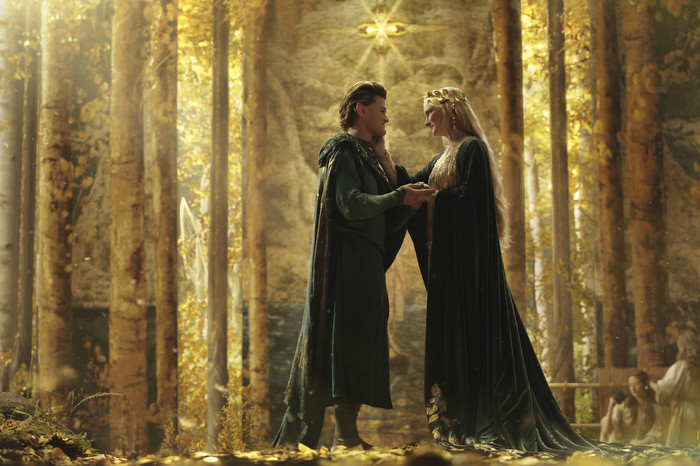
One aspect of The Lord of the Ring’s lasting and immense popularity is the very thing that makes The Rings of Power possible: Tolkien liked inventing things more than he liked actually writing books. (After LotR he never finished anything longer than a monograph.) The third volume of LoTR, The Return of the King, was delayed by Tolkien’s insistence on including more than a hundred pages of histories, genealogies, alphabets, calendars, and translation notes. It’s a work of astonishing immersiveness, including two DIFFERENT Elvish languages, and notes on Hobbit holidays.
It’s more than enough material to form what is envisioned as a 50 episode TV series. Honestly, you could make about 100 episodes based on the mere 5000 years or so of history sketched out in the appendices.
The showrunners – two brave lads named JD Payne and Patrick McKay best known for writing some Star Trek movies – have chosen to hone in on the Second Age for the first 8 episodes of the show. It’s an age replete with amazing storytelling possibilities, from the Elvish courts of Lindon and Eregion to the Dwarven halls of Khazad-Dûm to the Atlantis of Middle Earth: Númenor, a island of men whose fate is sealed by ego and flattery.
So what then have we here in the two episodes provided for review?
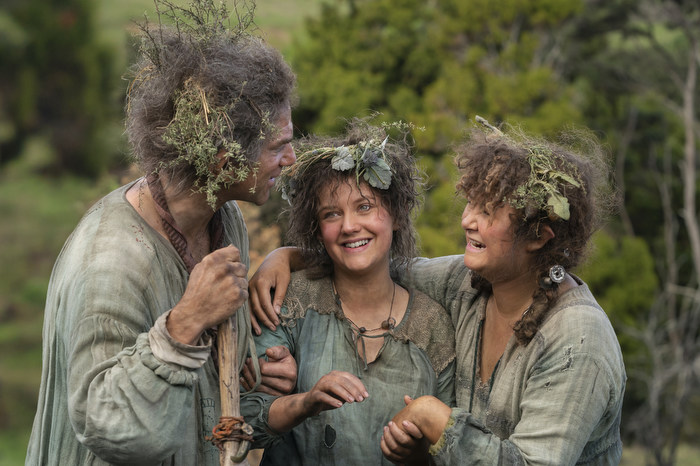
Before I get to the review proper just a note: as you may have guessed, I’m a huge Tolkien nerd, who memorized The Lord of the Rings at age 12 and have read The Silmarillion and Unfinished Tales and even The History of Middle Earth (12 volumes of increasingly messy notes stitched together by Tolkien’s son, Christopher) several times through. More on that below.
Looking at the show as a regular audience might is difficult for this Turin Turambar fan, but squinting a bit helps, and I can say with some certainty: this is entertaining stuff, made with care and lots and lots of money, which shows in every moment.
Although Peter Jackson is in no way involved, (and given the regrettable Hobbit films, maybe that is for the best) the design sense from the 20-year old film trilogy suffuses every frame, giving a welcome home feeling to those who have watched those films to death.
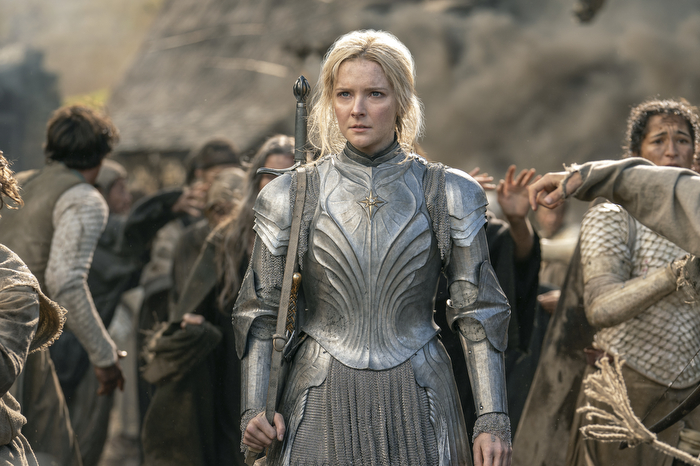
As for the story, it centers on Elven (Noldorin to be exact) princess Galadriel, played here by Morfydd Clark as a bad ass warrior relentlessly pursuing Sauron, who escaped at the end of the First Age from the War of Wrath and the destruction of his boss Morgoth, which left Middle Earth geography in tatters. Galadriel has a personal grudge because Sauron killed her brother, unnamed but shown in flashbacks.
And here we come to a problem with the show, at least for a Tolkien scholar. Galadriel’s brother is Finrod, a hero of the War of the Silmarils. Finrod is named in the Appendices which Amazon has the rights to – but his relation to Galadriel is mentioned in The Silmarillion which Amazon does not have rights to. So the story in RoP has all kinds of little shortcuts and awkward twisting to avoid going against canon – even though they can’t actually cover the canon.
While this will doubtless bother Tolkienistas more than casual viewers, it is a thing,
Galadriel’s quest ends with her crew of Elven warriors going no further, whereupon she returns to the Elven kingdom of Lindon to meet up with a young Elrond, played by Robert Aramahyo (previously known as young Ned Stark in GoT), who is in this timeline a bit of a wily diplomat. Elrond and the High King both think the threat of Sauron is over and done with – but Galadriel can feel in her heart that it isn’t – hey guys, she’s the wisest of the Noldor, why don’t you listen up?
The High King (Benjamin Walker) is Gil-Galad, who is actually Galadriel’s nephew in The Silmarillion (sort of, Tolkien never really decided) – and who has decided that the Sauron hunters have paid their dues and can pass over to the Undying Lands – Valinor, a heaven on earth where Elves can dwell in endless contentment.
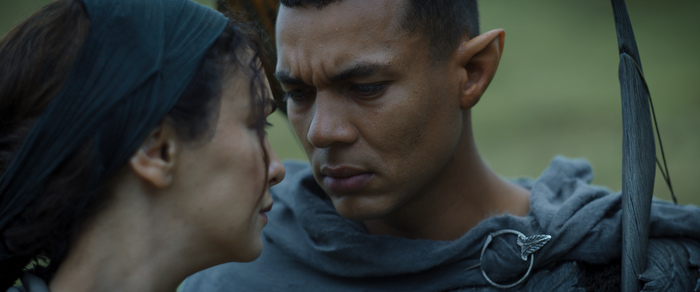
This elven tale is just one of three stories unfolding. Up north in Forodwaith we meet regular humans, a typical medieval folk who live in a nice village, but under the watchful eye of Arondir (Ismael Cruz Córdova), an Elf tasked with making sure they don’t go back to the evil ways of Morgoth. Arondir’s most watchful eye is saved for Bronwyn (Nazanin Boniadi), the village healer and a single mom to the too-curious Theo. In true Tolkeinian tradition, the attraction between human and elf is understated and repressed, and totally interrupted when a farmer shows up with a cow squirting black milk. Arondir goes off to investigate and Bronwyn throws in the “I’m coming with you!” line that is the essential building block of all action stories. What the duo finds turns out to be a much bigger threat to the village than expected.
Also meanwhile, we meet a wandering tribe of Harfoots, early predecessors of Hobbits, including elder Sadoc Burrows (Lenny Henry) and scampy young teens Nori Brandyfoot (Markella Kavenaugh) and Poppy Proudfellow (Megan Richards) who are running around with twigs in their hair, in the spirit of unfettered little folk everywhere from Ewoks to Willow.
By the way, in the socio-political climes of Second Age Middle Earth Harfeet are marked as more uncivilized because they have Irish accents, while Dwarves have (of course) Scottish accents, and Elves have traditional British accents. (Humans should have Welsh accents, but they seemed to be more British regional dialects.) A lot of classism to unpack here but I’ll leave it for the sure to be endless essays on it!
Nori and Poppy are also about to make a discovery that will threaten their home, and it’s a mighty odd one that arrives in a meteor (shades of Tyreal from Diablo 3, another descendent of Tolkien.) Even as a Tolkien scholar, the contents of the meteor had me scratching my head, so curious to see what comes of this, because if it’s what everyone thinks it is, it is MOST DEFINITELY not canon! However the lesson for both Nori and Poppy and Arondir, Brownyn and Theo is clear: don’t bring things home to the village in these uncertain times.
The first two episodes introduce us to some other folk in the expansive cast including Celebrimbor (Charles Edwards), lord of Eregion and the greatest smith of the Elves, whose prowess will one day bring about the end of the Second Age.
There’s also Halbrand (Charlie Vickers) who meets Galadriel after she abandons her ship to the west and tries to swim to Middle Earth – even as an athlete of the Noldor I think that would have been a stretch. Halbrand and Galadriel’s sea adventure seems destined to bring Númenor into the tale.
Elrond and Celebrimbor also go on a quest to Moria to meet up with Prince Durin (Owain Arthur) and his wife Disa (Sophia Nomvete), a squence that reveals both Elrond’s statesmanship and endurance.
These two episodes set up many, many mysteries and situations, and with only six more hours to pay them off in this season, I doubt we’ll get too far into the history of the Second Age in this outing.
But make no mistake, I’ll be back for more. Rings of Power doesn’t have the vivid characters and shocks that enthralled us with Game of Thrones, and the acting, from a bunch of up and comers and GoT bit players, is thus far solid but unremarkable. But the show looks great – all of that $1 billion is on the screen from very detailed CGI foes, to misty vistas of Elven cities and the light of the Two Trees, briefly glimpsed before Morgoth poisoned them.
The episodes screened were directed by J.A. Bayona, also an executive producer, best known here for Jurassic World: Fallen Kingdom, and he marshals the extensive cast and set pieces well, without overcrowding or overwhelming the audience with factoids like I am in this review.
Granted hitting the noble but doomed struggle lingering beneath the surface of Tolkien’s work is a hard note to do well but there are a few moments that get it right. Arondir’s observation that Bronwyn had supplied the only warmth of his entire life is a sad touch but befitting the many lone wanderers in Tolkien lore like Turin and Aragorn, and Bronwyn’s brave, wise healer is a character not far from several in Tolkien’s less known works.
Perhaps the best hire is composer Bear McCreary, whose score is epic and tuneful without being derivative of Howard Shore’s classic work for the Jackson trilogy trilogy. (Although Shore wrote the main title music.) There are ethereal Elven choruses and bass-heavy Dwarven marches but it’s very effective at setting the mood of impending doom.
Clark’s Galadriel is also an MVP, with the grit necessary for the action and the charisma necessary for a future Elven queen. Shippers will have ample fodder with her chemistry with Elrond and Halbrand, even though in the books she’s already got a boyfriend, and ends up Elrond’s mother in law.
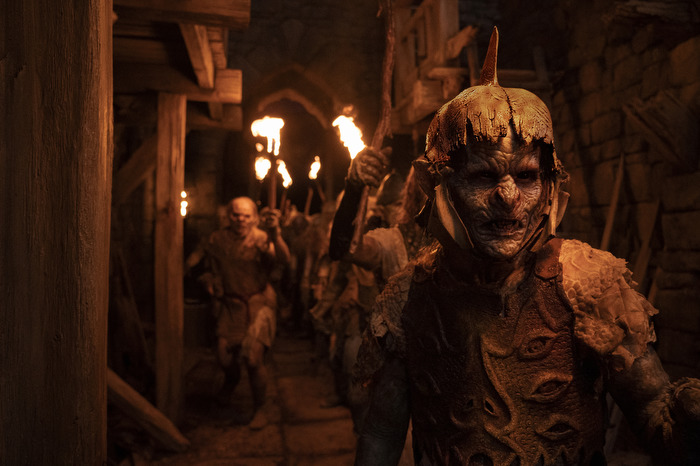
Fans who love the books and the movies should find The Rings of Power a very satisfying show, with many suspenseful moments and beautiful visuals. While there is plenty of CGI-derived world building, the showrunners wisely went back to the only Middle Earth to be found on this planet, New Zealand, and the use of actual scenery, green hills beneath craggy rocks, is very true to the world of the books. Tolkien was an avowed nature lover, and the splendor of the natural world is as important to Middle Earth as are the stone halls of Dwarven lords.
As for how Tolkienistas will like the show…well, this Tolkienista loved it. I’ve studied this material my whole life, and seeing such a respectful and intelligent adaptation gave me some feelings I never thought I would experience.
The problem – or perhaps opportunity – of Rings of Power is that there is just SO MUCH material here that has fired my imagination for decades. Celebrimbor, and Cirdan, Gil-Galad and Elendil, Ar-Pharazon and [redacted]. Living up to it will be very hard and probably impossible given the restrained nature of the goings on here. And while adding in hobbits and seemingly a few other much loved characters is very much NOT in the books, I’m fine with making the story more palatable for actual viewers who are not just my imagination. The source material is literally called “The Tale of Years” and only sketches in outlines of hundreds of years of history – and Tolkien’s characters tend to be high and noble, so bringing in more humor and depth is a necessity.
As someone who went into a 2001 screening of Fellowship of the Ring a skeptic and came out crying tears of joy, nothing can spoil the books – they are sitting right there on the shelf. But Rings of Power is giving us a new and thrilling look at Tolkien’s creations, one very much in the spirit of his vast imagination.


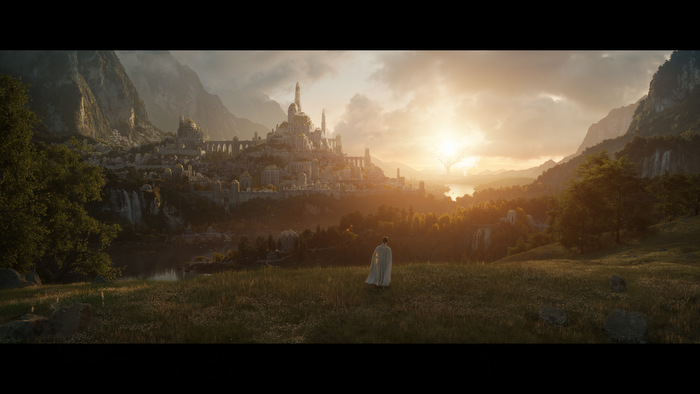


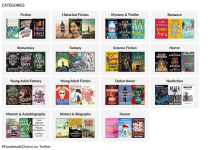


The Mannish village of Tirharad is located on the plain of Gorgoroth in Mordor, not in the North. Harfoots as predecessors to hobbits is one of the more annoying conceits from Amazon. Harfoots ARE hobbits, as are Stoors and Fallohides.
Comments are closed.